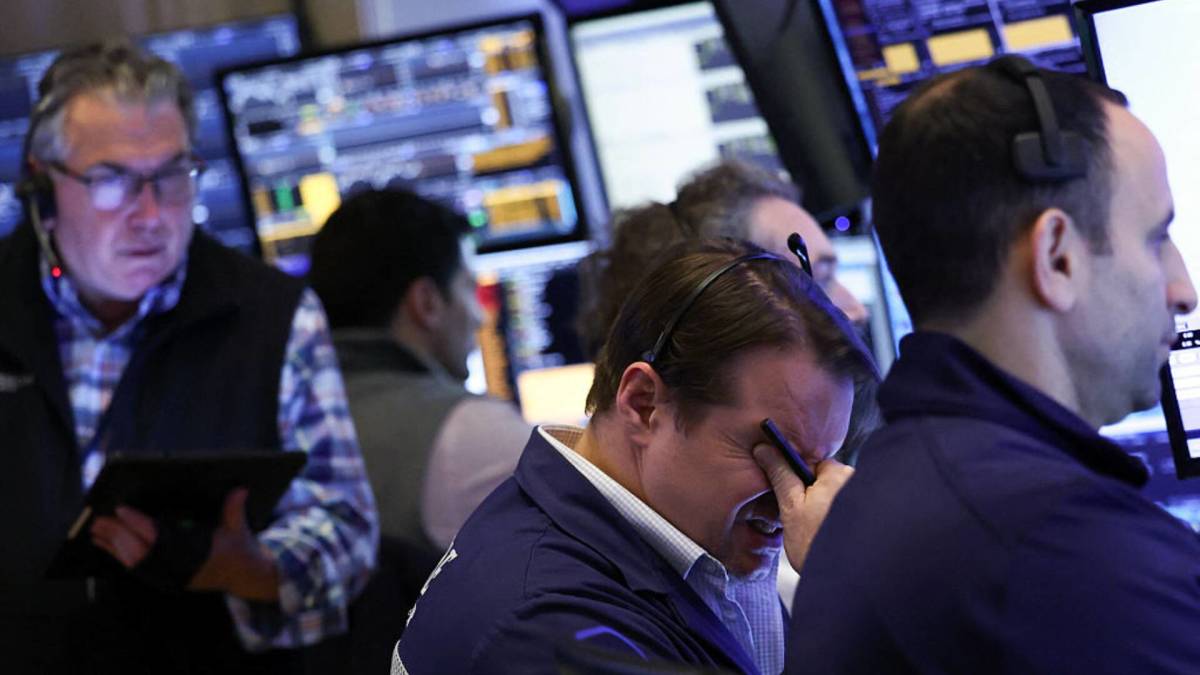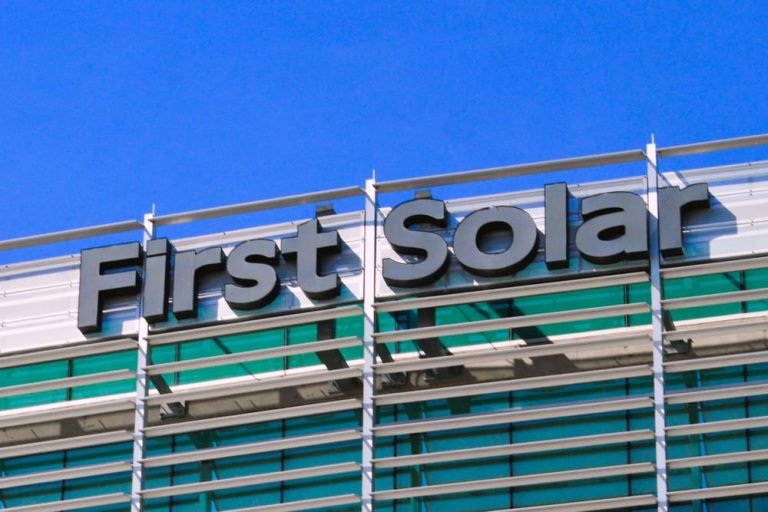Stock market slides after tariff surprise originally appeared on TheStreet.
Never a dull moment. Fresh on the heels of his big, beautiful tax cut win, President Donald Trump surprised most with a fresh volley of tariff uncertainty.
The president unexpectedly revealed a fresh batch of tough talk on tariffs over the weekend after signing the One Big Beautiful Bill Act on July 4.
Related: Legendary fund manager has blunt message on ‘Big Beautiful Bill’
The move poured cold water on an arguably red-hot stock market, sending the S&P 500 lower by 0.8% and the Dow Jones Industrial Average and Nasdaq Composite down about 1%. Since pausing reciprocal tariffs for 90 days, those indexes have rallied by a somewhat remarkable 19%, 26%, and 35%.
The new bout of tariff uncertainty could pressure a stock market already beginning to flash warnings on some sentiment indicators.
The One Big Beautiful Bill Act included a healthy slate of tax cuts, which is good news for consumers and companies.
Americans over age 65 get a new bonus deduction totaling $6,000, up from $2,000 previously, while residents in high-tax states got a massive increase in the SALT tax deduction to $40,000 from $10,000.
Related: Who saves money due to ‘Big Beautiful Bill’ tax cuts?
Additionally, the big, beautiful bill included a deduction on up to $25,000 in tip income, and it doubles the estate tax to $30 million for married couples filing jointly.
For businesses, it also made the 20% qualified business income (QBI) deduction under Section 199A permanent, reinstated deductions for research and development, and rebooted first-year 100% bonus deductions for certain equipment.
In short, the passage of the Big Beautiful Bill Act not only provides some clarity for consumers and businesses, but extra money in pockets that can flow to risk assets, such as stocks.
Unfortunately, the good news didn’t translate into gains for the major indexes because of President Trump’s renewed tough talk on tariffs.
Trump threatened 25% tariffs on Japan and South Korea, plus warned of a possible 10% tariff on countries choosing to align themselves with Brazil, Russia, India, and China, otherwise called the BRIC nations.
He also targeted a few other countries, suggesting tariffs of 40% on goods from Laos and Myanmar, 30% on South Africa, and 25% on Malaysia and Kazakhstan.
The 90-day window for inking trade deals opened by Trump on April 9 closes July 9. Many have expected President Trump to extend the deadline to continue propping up markets, so the renewed offensive ratchets up concerns that we may not have heard the last of on tariffs.






